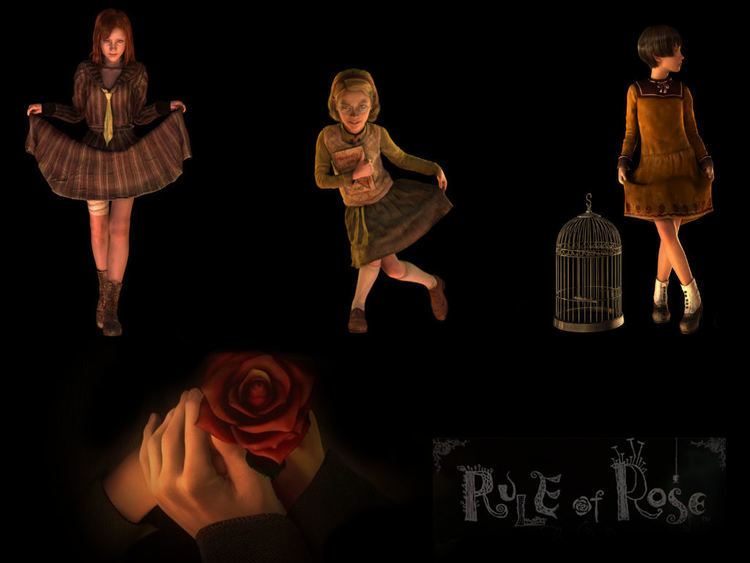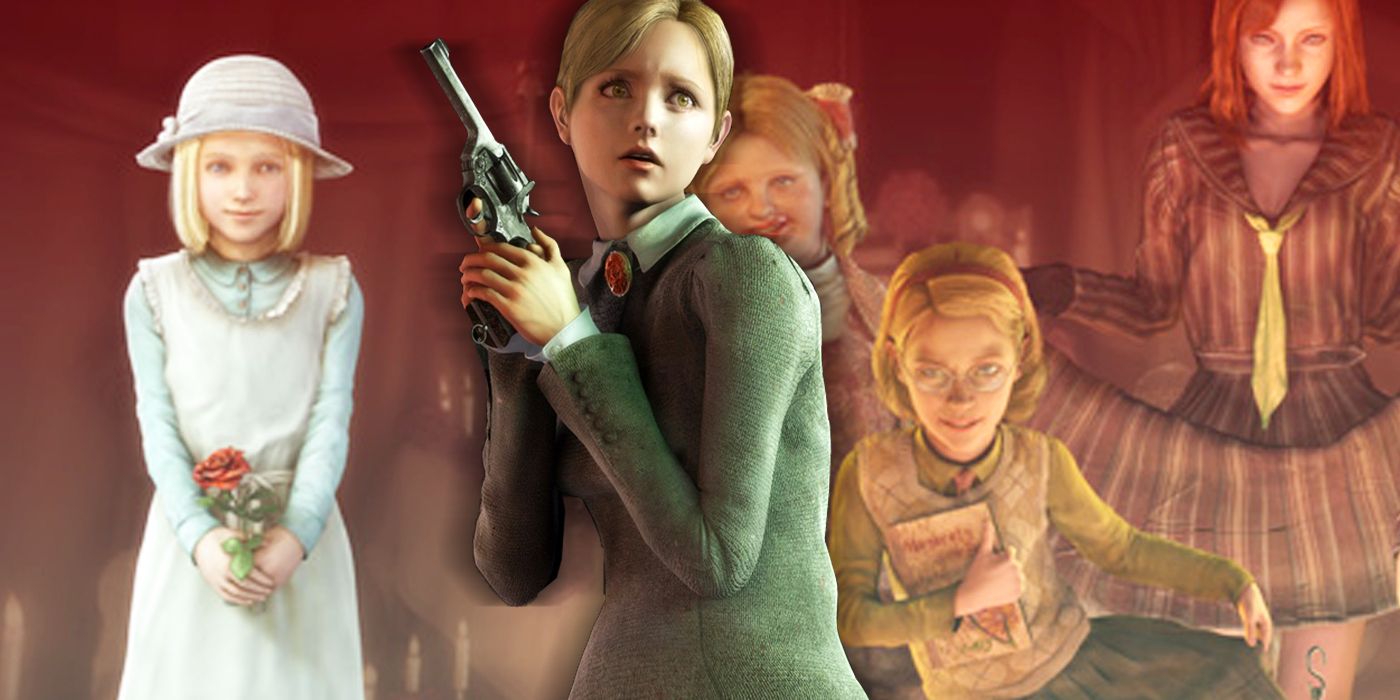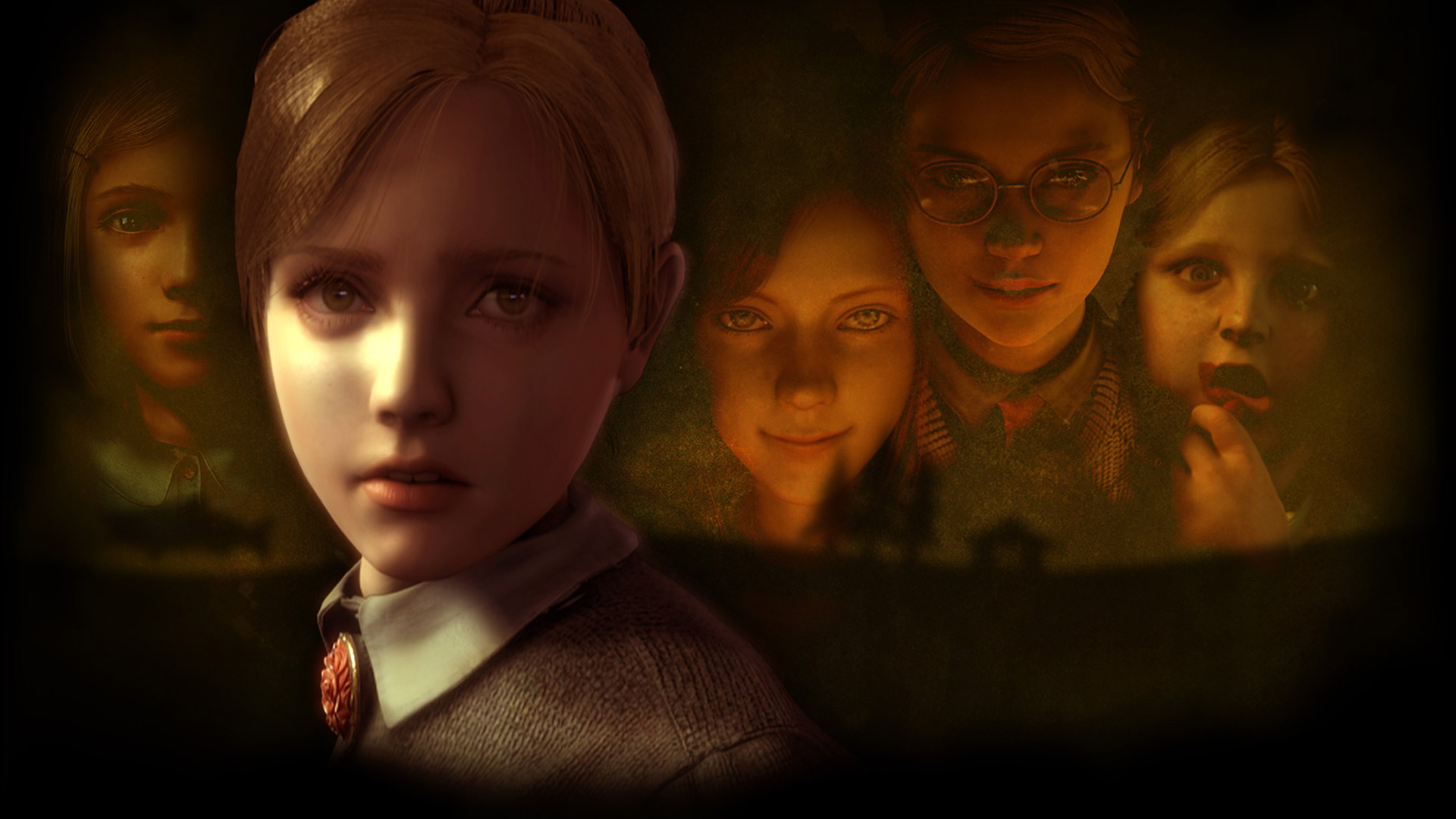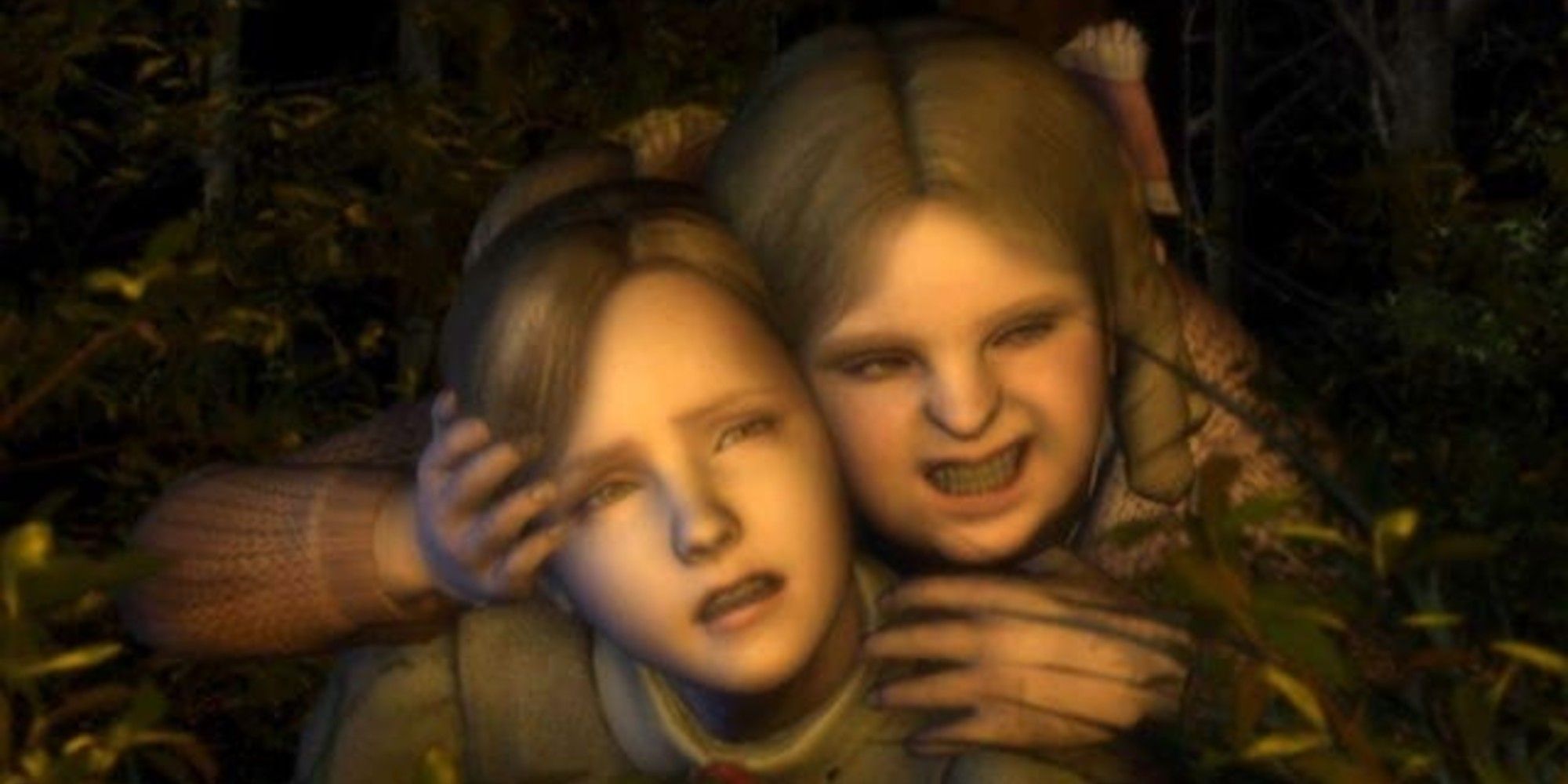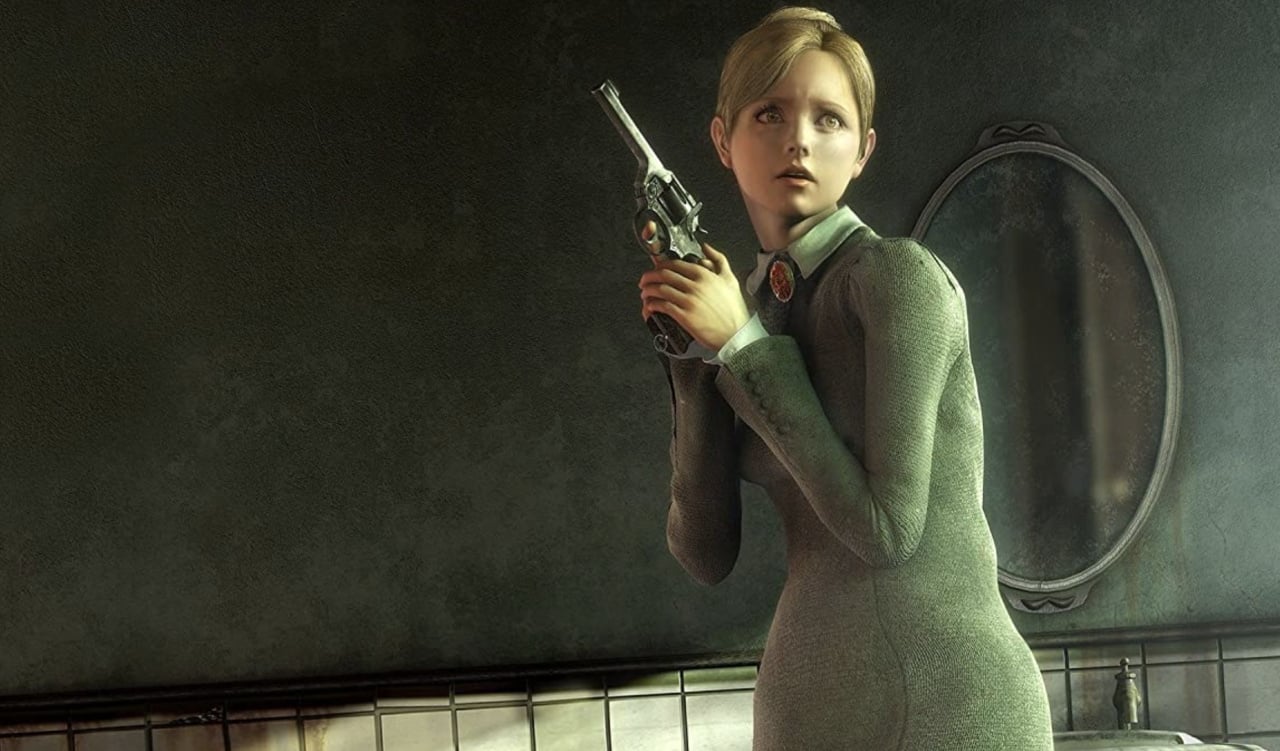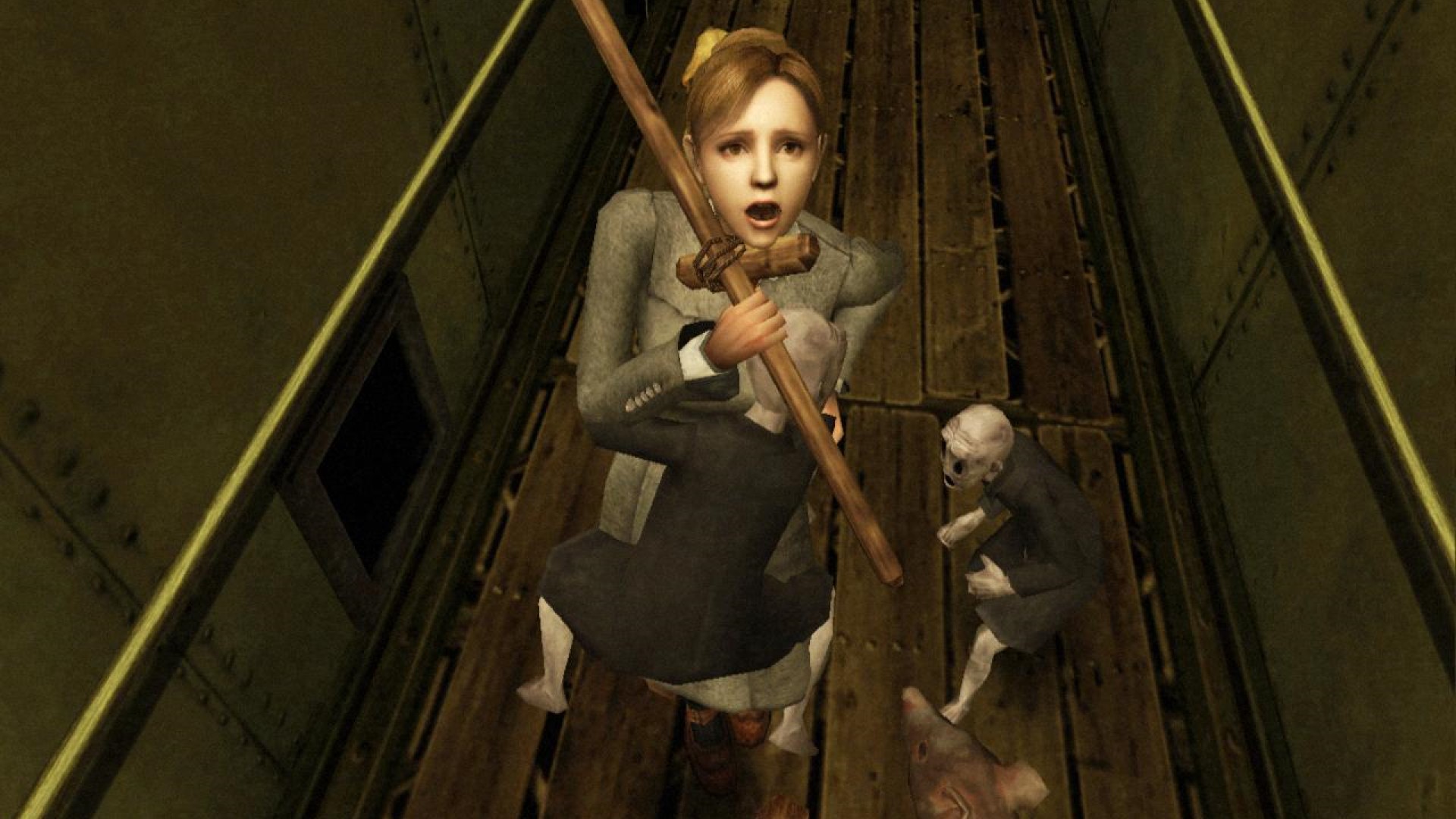Why Was Rule Of Rose Banned
So, Rule of Rose, eh? You might know it as that super creepy PlayStation 2 game with the little girls and the… well, let’s just say “interesting” themes. But did you know it almost didn’t see the light of day in several countries? Buckle up, because this story has twists and turns wilder than Jennifer’s imagination!
Okay, imagine this: it's 2006, and Rule of Rose is about to launch in Europe. Then bam! Controversy hits. Germany, for instance, decided it wasn't gonna happen. They slapped a big ol’ ban on it.
The Great Media Scare
Why the ban? Well, some folks interpreted the game's themes as promoting child abuse. Sensationalist media ran with this, creating a moral panic. News stories screamed about the game’s "depravity" and "exploitation," before anyone really understood what it was about.
It’s like that game of telephone you played as a kid. A whisper becomes a shout, and suddenly your innocent drawing of a puppy is evidence of, well, something nefarious! The game's artistic choices got lost in the noise. The narrative nuance of Rule of Rose was overshadowed by exaggerated accusations.
The uproar centered around the game's plot. Rule of Rose involves a young girl, Jennifer, navigating a bizarre orphanage run by a group of cruel children. These kids demand gifts, and Jennifer has to fulfill their increasingly bizarre requests.
Lost in Translation (and Interpretation)
A lot of the misunderstanding came from taking things at face value. Were the developers really advocating harm to children? Or were they using disturbing imagery to explore themes of trauma, power dynamics, and loss of innocence? That’s what game's creator said, at least!
Context is everything, right? Think of it like a scary movie. It might have jump scares, but that doesn’t mean the director wants you to actually be terrified for the rest of your life. They’re trying to evoke an emotion, tell a story.
In the case of Rule of Rose, the developers aimed to create a disturbing atmosphere to reflect Jennifer's internal struggles. But nuance is hard to convey through a single screenshot or a sensationalized news headline!
Banned? Or Just Misunderstood?
While Germany and some other countries banned the game, others didn't bat an eye. It was released in North America with a “Mature” rating, which, let’s be honest, told people what to expect. The game wasn't a commercial smash, but it developed a cult following.
It seemed like the ban was more about perception than reality. When people took the time to actually play the game, they found a complex, often melancholic story. Some even argued that the game's disturbing elements were actually used to critique societal abuse.
Of course, the controversy definitely boosted the game's notoriety. It became "that banned game," instantly making it more intriguing to some gamers. Forbidden fruit, anyone?
Today, Rule of Rose remains a contentious title. Some still find it deeply disturbing. While others see it as a misunderstood work of art. Either way, it's a fascinating case study in media hype and the complexities of interpreting art.
The real story of Rule of Rose isn’t about the sensationalism. It's about how easily a narrative can be twisted. Also, it's a reminder to look beyond the headlines and see things for yourself. It makes you think about the power of media representation and how much meaning can be found within a single video game. So, next time you hear about a "banned" game, remember the Rule of Rose. Consider asking if it was truly banned, or just misunderstood.
